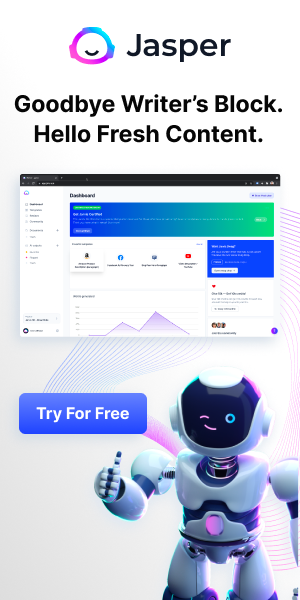
Any entrepreneur with a vision can postulate a new business, but it takes a collaboration of many people to make it a success. Today the complexity of forces required for success include multi-disciplinary skills, competencies, and experiences in which the whole is greater than the sum of the parts. Entrepreneurs who embrace the “lone wolf” approach usually live to regret it.
I just finished a new book, “The Collaboration Imperative,” by Ron Ricci and Carl Wiese, which makes the case very well for why collaboration matters in every business, as well as startups. Every entrepreneur should heed the following lessons on collaboration derived from the authors work on the culture, process and technology of collaboration in hundreds of companies:
Consensus is the enemy of collaboration. Collaboration leaves everyone with a feeling of “win-win,” while consensus is “win-lose” or even “lose-lose.” Collaboration opens more possibilities, while consensus narrows them to a compromise.




















